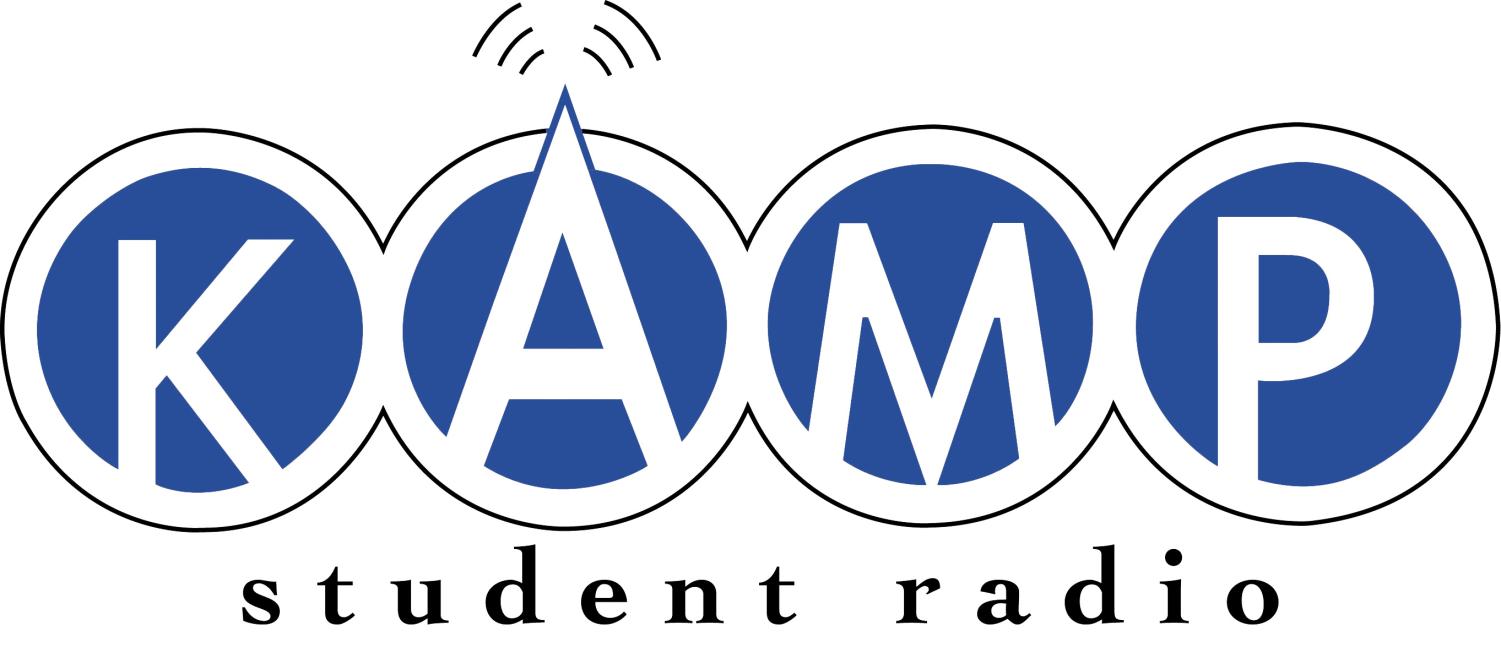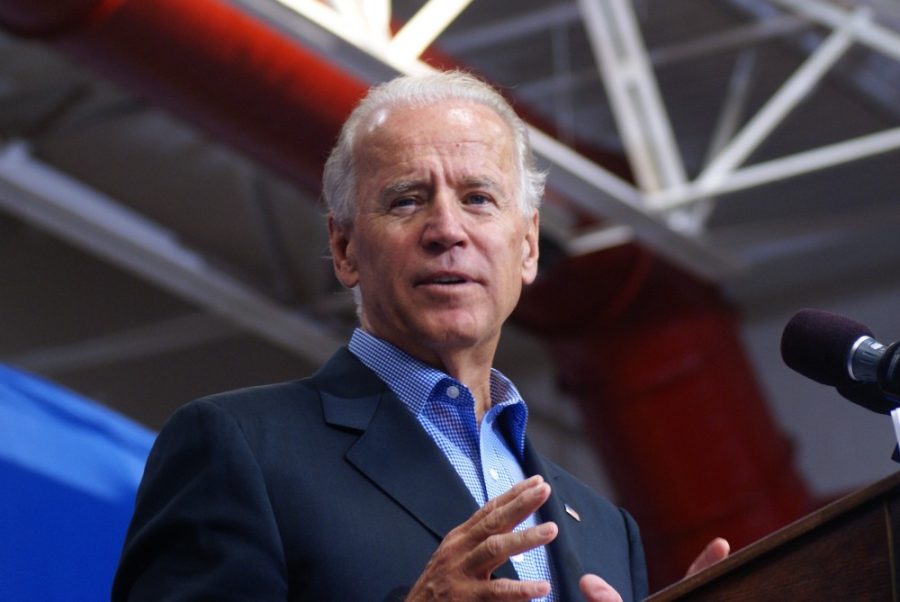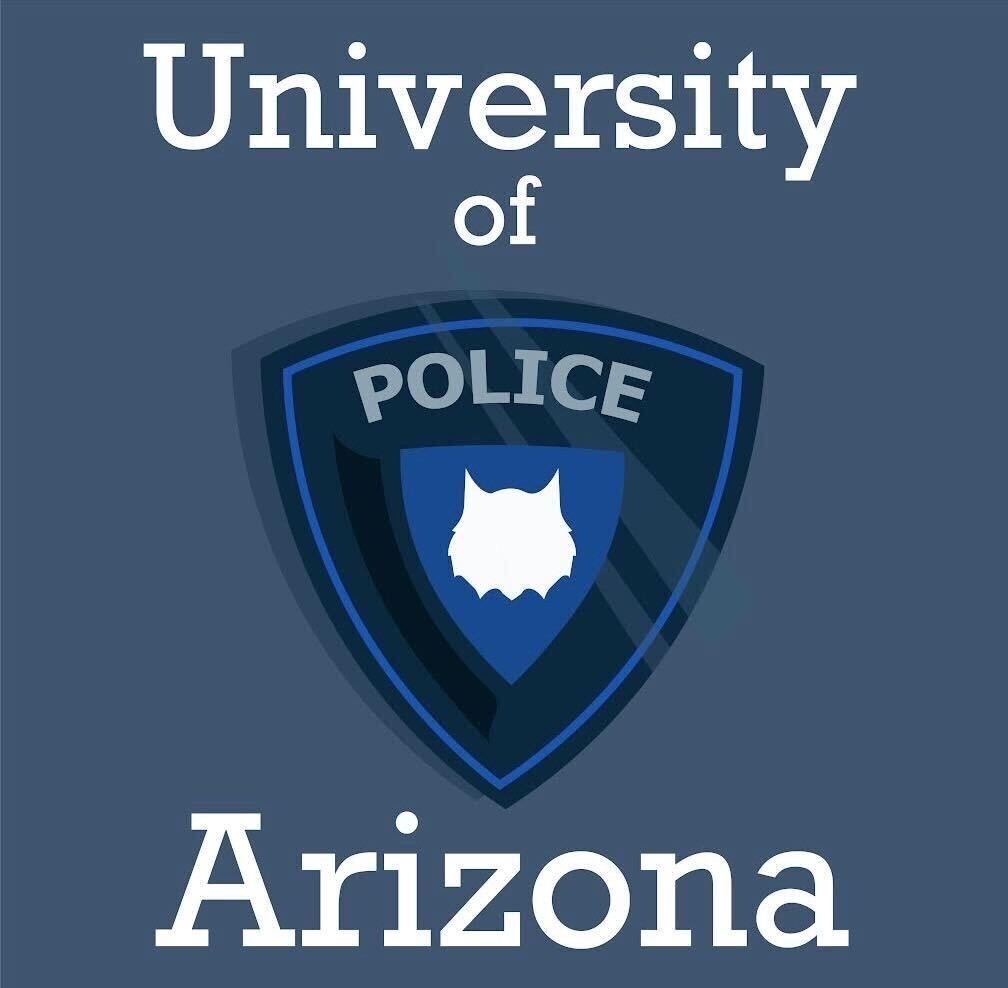Colleges are like the cookie monster.
They seek and devour every resource in sight, with few constraints and even less restraint. At least that’s howRonald Ehrenbergdescribes it when explaining the big question on the minds of so many:
Why does college cost so much?
“”Our sole goal is to find cookies and stuff our mouths,”” says Ehrenberg, who directs the Higher Education Research Institute at Cornell University. “”Colleges and universities like to grab as many resources as they can. We want to make ourselves as good as we can. We want the best facilities, students, resident halls and labs, so there’s this tremendous drive to be better, and that costs money.”” For a long time, he says, “”there’s been no check on this drive to get better, because the lines of students wanting to get into institutions keep getting longer.””
Of course, the U.S. higher-education system has long been the envy of the world. A college degree has become a requirement to enter almost any profession, and can increase lifetime earnings by a million dollars or more.
So could it be that those who are outraged at the cost of tuition are somehow romanticizing the past? We’ve heard the stories: How kids could once walk to the corner store without Mom or Dad to keep them safe. How you could fill up the tank for $10. How you could work summers to pay for college.
The reality doesn’t always match. Violent-crime rates have plummeted over the past 15 years. The real price of gas has fluctuated over a century. But when it comes to tuition, the stories check out.
If tuition and fees had risen at the same pace as inflation over the past 30 years, today it would cost $9,900 annually to attend a private college, $2,300 to attend a public. Instead, the average tuition bill is $25,000 and $6,600 respectively, according to the College Board. Even adjusting for inflation, what you paid for a full year’s tuition in 1978 will barely buy you an academic quarter today.
Add food and a place to stay, and the cost of attending a prestigious private university can now run $50,000 a year — a cool $200,000 for that undergraduate degree. Multiply that by two, three or four children, and you can see why even the wealthiest are upset.
Yet only a sliver of all that extra tuition is being put into classroom teaching. According to an analysis by the nonprofit Delta Cost Project, much more has gone into areas like student services, academic support and research (which often pays for itself through outside grants). Universities these days spend just 35 to 44 percent of their budgets on teaching their students.
One way universities have kept instruction costs down is by employing fewer tenured professors and more low-paid adjunct and part-time faculty. Twenty years ago, two-thirds of university faculty and staff were employed full-time, while these days, it’s barely half. Among full-timers, wages vary according to rank. At the University of Washington Seattle, for instance, professors are paid an average $122,000, associate professors $87,000 and assistant professors $77,000.
Over time, two forces in particular have been responsible for much of the run-up in tuition — one at the public institutions, the other at the privates.
For public universities, the problem has been with state governments, which have systematically taken money away. Facing spiraling costs for prisons, health care and K-12 education, lawmakers have time and again taken their axes to university finances. In the early 1990s at the UW, students paid for a third of the cost of their education, while the state picked up the rest. These days, students are paying 58 percent of the freight.
Outside the public system, something else has been going on. Twenty years ago, private, liberal-arts colleges collected all their tuition and then gave back about 19 cents from every dollar in the form of scholarships and financial aid, helping out certain students. These days, the colleges give back about 33 cents of every dollar. That means more help for some, more cost for everyone else.
While some of the extra help has gone to poorer students, much has gone into the heated competition for academic achievers. These top students are lured with “”merit-based”” scholarships. If a college attracts better students, after all, it can lead to a better reputation, better professors, better rankings. And, in the end, more cookies.
Driving east to Walla Walla, Wash., you can measure the miles by the changing fragrance of the crops. First come fields of mint, then hops, then sweet onions, and finally, grapes.
This small Eastern Washington town, miles from anywhere, is home to picturesque Whitman College, the only selective liberal-arts college in the state that ranks anywhere near top East Coast colleges like Amherst, Williams and Swarthmore. Whitman accepts less than half its applicants and boasts a 10-to-1 student-teacher ratio. Freshmen typically enter with a grade-point average of 3.9.
The cost of attending Whitman? About $48,000 a year. That includes tuition and fees of $37,000, room and board of $9,000, books and supplies. About 37 cents of every tuition dollar comes back to students in financial aid and merit scholarships.
Taking a tour of the campus isMarie Anderson, 17, a high-school senior in the San Francisco Bay Area, and her mom,Nancy Anderson. The family has toured about a dozen similar campuses. Nancy says a private, liberal-arts college is the best fit for her daughter’s learning style.
While Marie has been looking at schools, Nancy has been polishing her resume. After years as a stay-at-home mom, she’s looking for work to help pay the enormous college bills that are about to start arriving for Marie and her two younger siblings.
Cost is a huge concern, says Nancy, whose husband is a software salesman. “”We’ve been saving since she was born. I was told back then it would cost $200,000 by the time she was college age. I remember laughing at that. But it turned out to be dead on.””
On the tour, a student guide,Alex Thomas, tells visiting families about how, beyond the classroom, nearly three-quarters of Whitman students play sports — everything from Ultimate Frisbee to lacrosse. There’s not much reason to leave campus on the weekends, Thomas says, what with the giant inflatable movie screen, the casino nights, the moonlight paddling trips, the farm-fresh cafeteria food and the resident advisers who try to take care of your every need.
Whitman PresidentGeorge Bridgessays all sorts of new student services have added to the cost of running the university. The library and health center are now both open 24 hours a day when school is in session. There’s the free mental-health counseling and the free academic tutoring.
“”Sometimes we are asked, is all that necessary?”” Bridges says. “”But we want to support the students in their health and well-being.””
From Bridges’ office, you can see the renovations finishing up on the athletic center, with its spectacular new climbing wall, 40 feet high. To pay for the improvements, the college rounded up about $3 million in gifts — and borrowed the remaining $12 million.
Beyond student services, Bridges says, two main factors have been driving up costs at Whitman: technology and labor. There’s all that new lab equipment to buy, and the rising cost of wages and employee benefits like health care.
Ehrenberg, the Cornell professor, points out that, unlike trends in other industries, the increasing cost of the college workforce hasn’t been offset by efficiency gains.
While machines and computers can help a company like Boeing make airplanes more efficiently, the basic premise of college — a wise master passing knowledge to a roomful of eager students — hasn’t changed much since the University of Oxford opened its doors in England some 900 years ago. In fact, technology has only added to educational costs.
One pernicious contributor to rising tuition is the annual college rankings put out by U.S. News & World Report, Ehrenberg says. Colleges with smaller class sizes and more faculty resources do better under the U.S. News formula. Put simply, the more colleges spend, the more they are rewarded in the rankings, whether the extra money improves quality or not.
InMichael Hochberg’slab at the UW, the cables and computers and cameras tumble over each other as if crammed into a cluttered garage.
On the optical table, light beams shoot through a silicon wafer. One day, Hochberg hopes, the experiments will give birth to new, more efficient computer chips that operate not with electricity but with light.
The UW last year lured the 29-year-old rising star in electrical engineering to campus with a salary of about $90,000. But the real money came in his startup package: $1.2 million for him to hire staff and set up his lab and another $5 million to buy and install a machine called an electron-beam lithography tool, which he’ll share with other researchers.
The expense of establishing Hochberg at the UW, paid for by a variety of public and private sources, is just one example of the big price colleges pay to keep current in fields like engineering, physics and medicine.
The entire research enterprise — more than a billion dollars a year at the UW alone — works something like a business, with the university providing the seed capital. The idea is that once researchers are established, they will support the cost of their own work with outside grants. But providing that initial capital can be expensive for any university. Top research institutions, eager to create intellectual “”clusters”” of people who lead their chosen fields, have gotten themselves into a costly arms race to attract talent.
The amount that universities spend on disciplines like science and engineering can be hidden by the way all undergraduates are charged the same tuition. That freshman sitting alongside 400 others in his Sociology 101 class is actually subsidizing both the senior in the same subject, with her small tutorials, and the freshman taking physics.
Still, undergraduate tuition and fees at the UW — $7,700 this year — remain a bargain when compared to what people pay at private colleges, says UW computer-science professorEd Lazowska: “”Why is a parent willing to pay $35,000 for an education that’s not any better? I don’t understand the psychology of it.””
There’s an even cheaper option that’s often overlooked in the debate over tuition: community colleges. In this state, annual tuition remains an affordable $2,900. Staying within the public system, a student studying for a bachelor’s degree can save about $10,000 by completing the first two years at a community college and then transferring to a university.
Even with the economy in its deepest funk since the Great Depression, there is little sign that college costs will level off any time soon. While some private colleges have scaled back tuition increases this year, public universities like the UW have gone the other way, jacking up rates to offset the latest round of state budget cuts.
Just months ago, private colleges were worried the bad economy could reduce demand. But now it seems that enrollment figures are holding up. The deep cuts to public universities, especially in places like California, may have pushed some parents toward privates. Some experts wonder, however, if the shakeout might come next year. They argue that many of this year’s families were already committed to a private education before the crisis hit.
College endowments have shrunk along with the withering economy. To shore up finances, some private colleges, including Reed College in Portland, with its uber-liberal reputation, have this year dumped some needy applicants in favor of those who can pay their way. “”The recession has set us back in our long-standing aspiration to become fully need-blind,”” Reed PresidentColin Diverwrote in an apologetic letter to alumni and parents. It’s a trend many find disturbing.
Students are the ones picking up more of the tab as costs go up. Two-thirds now borrow at least some money for their college education, up from half in the early 1990s. The average amount borrowed has doubled over that time to about $20,000. For those tackling graduate degrees, the costs skyrocket. At the UW, dental students who take on debt now finish with an average loan balance of $143,000.
With the job market uncertain, it seems clear an increasing percentage of students will default on their loans in years to come. The U.S. Department of Education says just 5.2 percent of students are defaulting on their loans. But many question the calculation, which tracks students only in the first two years after they finish college. The department’s Office of Inspector General has calculated the lifetime risk of default as being much higher, anywhere from 19 to 31 percent, depending on the type of loan.
Despite the economy, universities have barely slowed the remarkable run-up in pay for top administrators and coaches. At the UW, for instance, PresidentMark Emmerthas negotiated an annual compensation package in excess of $900,000 — double what his predecessor made but only about half the pay of the new football coach,Steve Sarkisian.
Tom Trzyna, a college accreditor and an English professor at private Seattle Pacific University, lists some of the “”add-ons”” that have increased the cost of education over time — the counseling, the gym memberships, the campus-wide wireless services, the paid student-government representatives, the free meals at campus events — and wonders why we can’t get back to a more simple notion of education.
“”What is the purpose of college?”” he asks. “”To study, or to be offered a community or camp experience? Young adults will find ways to play, worship and organize without the assistance of college authorities. So why are students paying for services that are not directly educational?””
In the end, the biggest driver of college costs may be our own willingness to pay. Even as tuition has skyrocketed over the past 20 years, postsecondary enrollment has risen from 12 million students to 17 million.
———
(c) 2009, The Seattle Times.
Visit The Seattle Times Extra on the World Wide Web at http://www.seattletimes.com/
Distributed by McClatchy-Tribune Information Services.
—————
TO SUBSCRIBE TO WHAT’S NEXT
Items in the What’s Next package are not included in your MCT News Service subscription. You can subscribe to the What’s Next package or purchase the items a la carte on MCT Direct at www.mctdirect.com. To subscribe, please callRick DeChantalat Tribune Media Services at (800) 245-6536 or rdechantal@tribune.com. Outside the United States, call Tribune Media Services International at +1-213-237-7987 or e-mail tmsi@tribune.com.
—————








